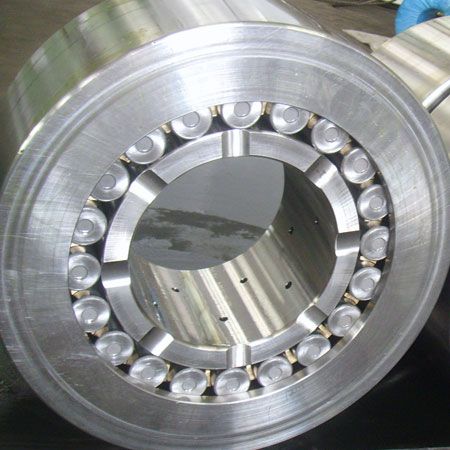Sendzimir Bearings Manufacturer In Mumbai | Sadguru International In Mumbai
Tips For Better Warehouse Inventory Management
For Sendzimir Bearings Manufacturer In Mumbai Contact Sadguru International In Mumbai
The layout of your warehouse can have a dramatic effect on warehouse inventory management. Allocating the right space for key activities and designing the layout to suit your products and operational workflow is key to your business success.
If you fail to allocate enough space to receive goods, you may suffer errors during the receiving of purchased inventory right from the start. The insufficient space will cause difficulty when employees try to account for stock: deliveries can get mixed up or recorded incorrectly, if at all.
As you make changes to streamline your supply chain, you may be expanding your warehouses, moving inventory around, and adding or reducing the number of warehouses you occupy.
Moving warehouses and changing the distribution process adds a lot of work onto your already full plate. This type of project requires organizational skills and can’t be done right without planning ahead.
To optimize space in your warehouse, start by allocating requisite space for storage, picking, and movement of stock. Then consider the various activities.
Their space requirements, inputs and outputs, and overall sequence within the warehouse to create the most efficient stock flow. The aim is to flow the stock from receiving, through picking and assembling orders and finally to fulfillment in the most efficient manner and shortest time possible.
Next, go to the warehouse on a quiet day or the weekend and put yourself in the shoes of your warehouse employees. Take a walk around and role play. Then assess the efficiency of your warehouse space by looking at two things: the physical work areas and workflow of employee tasks.
These injuries most often affected the back, upper extremities and knees, and most likely were caused by exposure to material handling or other ergonomic-related risk factors including high applied force, awkward postures, short cycle times or long work durations without adequate breaks.
When companies think of warehouse tracking, they think primarily of movable tracking options, tracking the units and pallets that actually get moved around the warehouse and sent up the supply chain.
Warehouse management involves managing inventory movement from receiving to picking, packing and shipping products. A warehouse is where most of the actual stock moves around in and this also increases the scope for errors and losses immensely.
